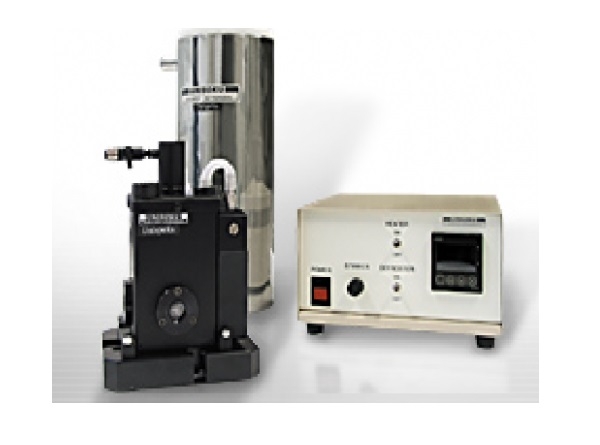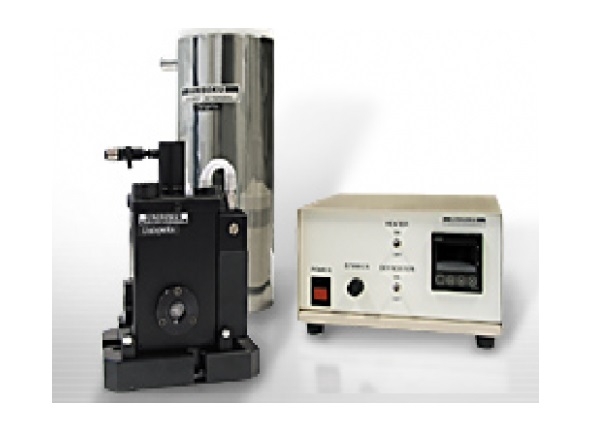Product Information/ PRODUCTS /Low-Temperature Optical Thermostat
Low-Temperature Optical ThermostatCoolSpeK
specification:
Features:
- Reaction tracking capability
- Easy operation
- Low condensation
- Temperature range: -80°C to room temperature to +100°C
- Extensive options
Applications:
- Optical measurements such as UV-visible, infrared absorption spectrometry, fluorescence spectrometry, and circular dichroism spectrometry under low-temperature conditions
- Measurement of unique phenomena under low-temperature conditions
- Performance evaluation of optical components at various temperatures
- Performance evaluation of materials stable only at low temperatures
- Spectrophotometer for spectroscopy, photochemical reactions, laser spectroscopy, and FTIR (Fourier Transform Infrared) optical experiments
DESCRIPTION
CoolSpeK is a small and convenient cryostat with a built-in spectrometer. It utilizes liquid nitrogen as a cooling medium, enabling rapid cooling speeds that are typically challenging to achieve in conventional temperature-controlled baths. With its optional adapters for various companies' UV-visible spectrophotometers, fluorescence spectrometers, and infrared spectrophotometers, CoolSpeK can be easily and quickly set up in the sample compartments of different spectrometer models. It comes equipped with a comprehensive range of accessories suitable for low-temperature infrared (IR) experiments, ensuring the provision of the most suitable experimental instrument based on customer requirements.
Features:
- Reaction tracking capability
- Easy operation
- Low condensation
- Temperature range: -80°C to room temperature to +100°C
- Extensive options
Applications:
- Optical measurements such as UV-visible, infrared absorption spectrometry, fluorescence spectrometry, and circular dichroism spectrometry under low-temperature conditions
- Measurement of unique phenomena under low-temperature conditions
- Performance evaluation of optical components at various temperatures
- Performance evaluation of materials stable only at low temperatures
- Spectrophotometer for spectroscopy, photochemical reactions, laser spectroscopy, and FTIR (Fourier Transform Infrared) optical experiments



